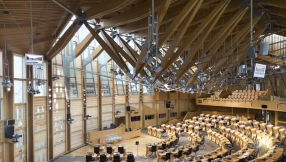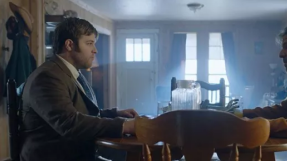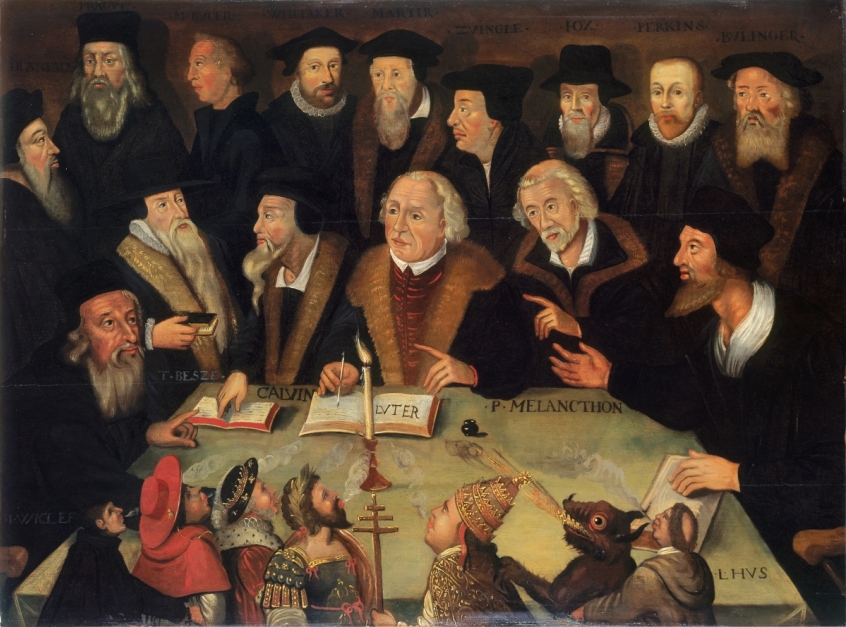
It's the 500<sup>th anniversary of the Reformation this year, and Germany in particular – where it all began, with Martin Luther nailing his 95 theses to the door of the church in Wittenberg – is marking it in every conceivable way. There are roadshows, lectures, services and exhibitions, most of them focusing on the great man himself.
One exhibition in Berlin, however, makes a point of taking a much broader view – and it's not shy of pointing out the negatives of the Reformation as well as the positives. The Luther Effect at the prestigious Martin Gropius-Bau doesn't only tell us about Luther. Entered via an enormous art installation depicting the different though intertwined paths taken by Protestantism and Catholicism, it shows the huge changes wrought by the new doctrine on the societies that adopted it.
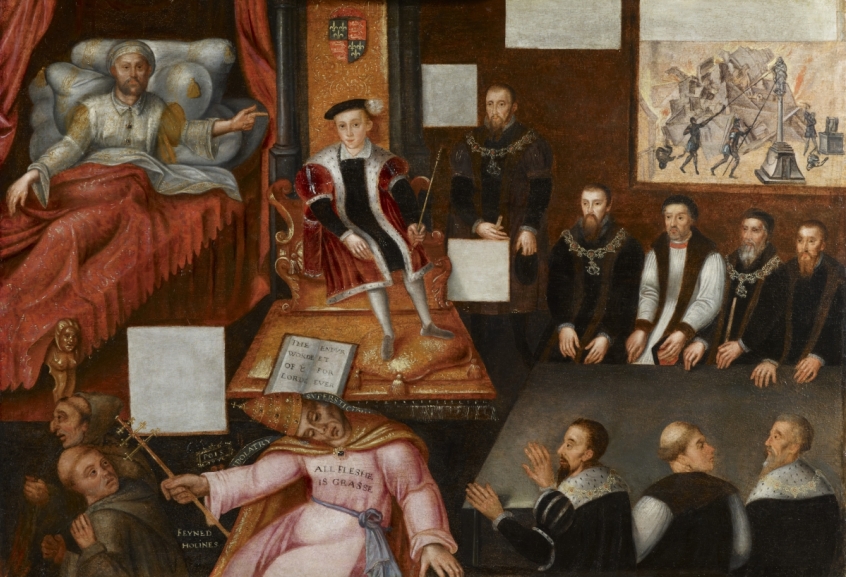
What was so revolutionary about Luther? The Augustinian monk was tortured by a sense of his own unworthiness. For the Catholic Church at the time, the medicine for a sick soul was confession and penance – acts of self-sacrifice, sometimes even of self-harm, performed as part of the process of forgiveness. Luther – deeply read in the Scriptures and part of a community of intellectuals at the edge of the Catholic world, where loyalty to the Pope and the papacy was tenuous – tried all that, and found it didn't work. He would weary his confessor by the length of his confessions, and the most rigorous of penances made no difference to his sense of sin. In the end, he came to a different understanding altogether: it wasn't the Church that dispensed forgiveness at all. Salvation was by faith alone. It was personal, between the believer and God.
During the centuries since his death, the Protestant movement of which he was one of the principal founders has spread all over the world, and his key insight – that justification is by faith, not works – is at the heart of it. The Luther Effect is an excellent account of how it happened. In its main sections it has the foundational texts of Lutheranism on display, including the 95 Theses, To the Christian Nobility of the German Nation, On the Babylonian Captivity of the Church and the Augsburg Confession. Evangelicals aren't known for their devotion to Church history, but this is where we came from and seeing these texts sends a shiver up the spine.
There's a section on Women and Men and one on Mission, this one including Luther's notorious On the Jews and their Lies. There are Anabaptist items, too. Luther was a fierce opponent of these forerunners of the Baptists and they were savagely persecuted; understandably, given what some of them got up to. Anglicans are there – Foxe's Book of Martyrs, and a painting showing the dying Henry VIII commissioning his son Edward VI to follow in his Protestant footsteps. Importantly, Catholics are there too. Many of them recognised the need for reform, if not Reform, and the Council of Trent was a spiritual as well as a theological event.
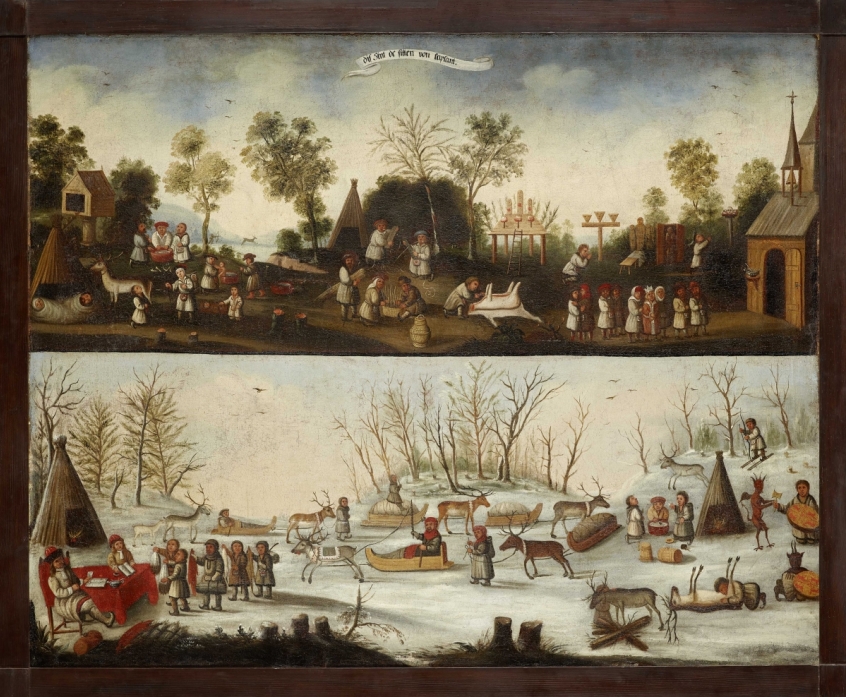
There are also sections focusing on four countries, showing how the Protestant faith – and Lutheranism in particular – took root and flourished there; Sweden, the USA, Tanzania and Korea. In Sweden Lutheranism was established by King Gustav Vasa in 1527 as part of a break from Catholic Denmark. Among fascinating documents and other objects – including weaponry and the elk-skin tunic worn by Gustavus Adolphus when he was wounded in the Swedish-Polish war of 1627 (you can still see the bloodstains) are artefacts that show how 'by faith alone' can become a creed just as controlling as the one it sought to replace.
Sweden's nomadic Sami people were victims, targeted by missionaries who saw their traditional beliefs as witchcraft; some were executed for it. And it's not just history: there is a quote from a modern Sami, Tomas Colbengtson, who says: 'My generation is struggling to heal the damage that the Church inflicted on Sami culture.' There is a Sami ceremonial drum, one of the very few to survive; missionaries destroyed most of them.
There's a chilling 'punishment stake', to which victims were chained before being flogged, and a 'shaming bench' where those guilty of sexual misconduct were forced to stand or kneel. The Church drew on all the resources of the state to enforce morality. Alongside the deep piety and spirituality of many adherents, these things should be remembered.
Tanzania, where German missionaries established Lutheranism in the 19<sup>th century, is represented largely by photographs taken specifically for the event by Karsten Hein. It shows the Church's deep involvement in social projects as well as its worship experiences and pastoral engagement.
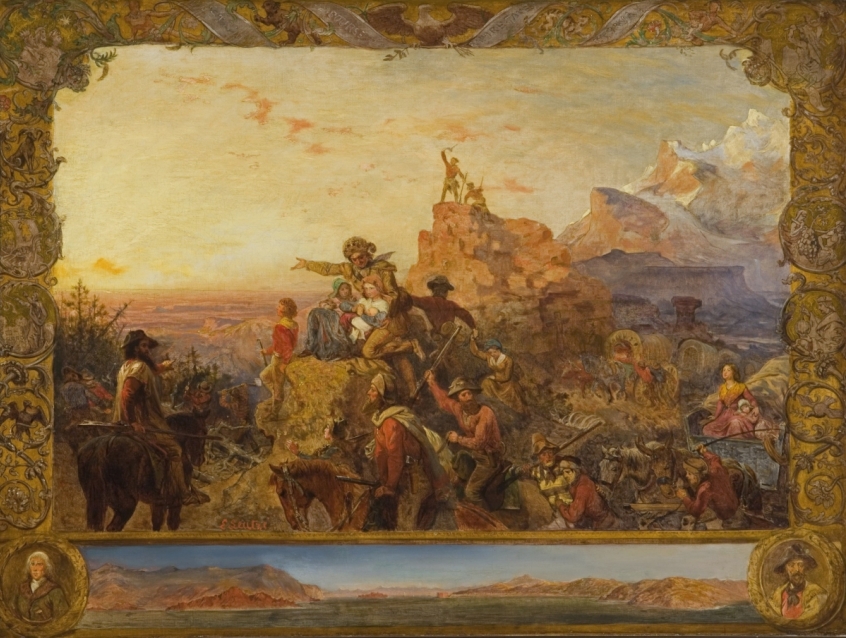
The section on the USA shows the breadth of Protestant life in the country, including artefacts from Quakers, Amish, Moravian, Lutheran and other communities. There are sections on slavery and Black churches, camp meetings and revivals. Some of the most thought-provoking are paintings; one of the Moravian evangelist Nikolaus von Zinzendorf's treaty with the Five Chiefs of the Iroquois in 1742, for instance, allowing him to set up mission stations in Pennsylvania. The Moravians were tireless in their efforts to convert the Indians, but largely failed; Christian missionaries among America's aboriginal peoples were inevitably associated with the project to dispossess and subjugate them.
Emanuel Leutze's painting Westward Ho! Or Westward the Course of Empire Takes Its Way shows the settlement of the West as a succession to the settlement of Canaan; a Moses-figure stands on an American Mount Nebo pointing to the land to be conquered. And the Exodus is recalled again by Georg Caleb Bingham's Daniel Boone Leading a Group of Pioneers Westward.
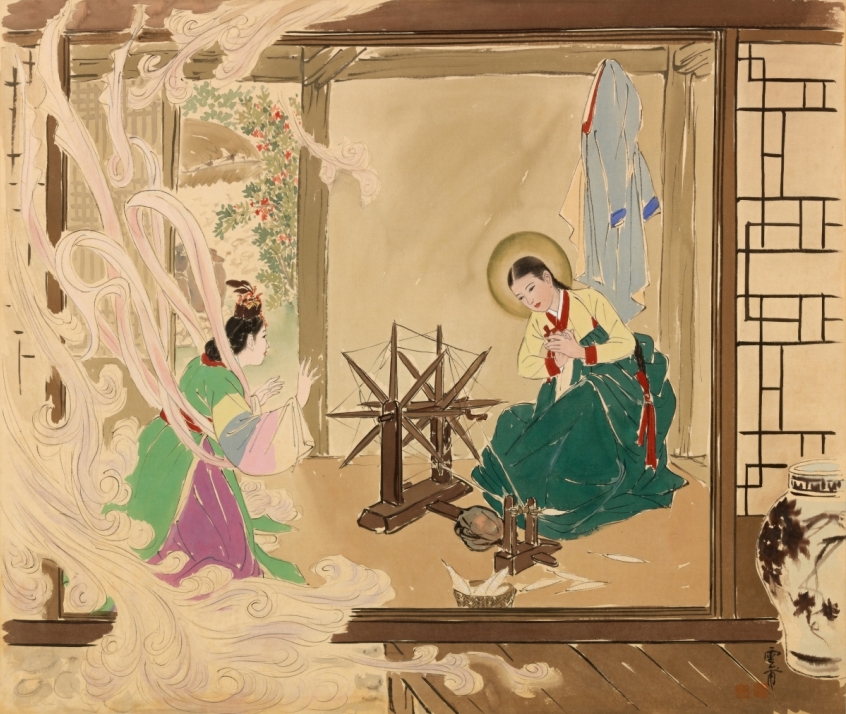
Protestantism in Korea is a global force. After the Korean War most Christians fled South and now around 30 per cent of South Korea is Christian. Its megachurches attended by tens of thousands of people are represented in the exhibition by a video from the Yoido Full Gospel in Seoul, but the heart of this section is an extraordinary picture cycle by Kim Ki-Chang (1914-2001), If Jesus Had Been Korean. Dozens of exquisite paintings show scenes from the life of a Jesus depicted as a traditional Korean from the Choson period (1392-1910). He is dressed as a Confucian scholar, and the pictures draw on Korean culture and legends as they tell their stories.
Luther nailed his 95 Theses on the door of Wittenberg's Castle Church on October 31, 1517. Since then Protestantism has achieved much to be proud of, and done much to be ashamed of. The Luther Effect shows how the sound of Luther's hammer still echoes through the world today.
The Luther Effect is at Berlin's Martin Gropius-Bau until November 5.











